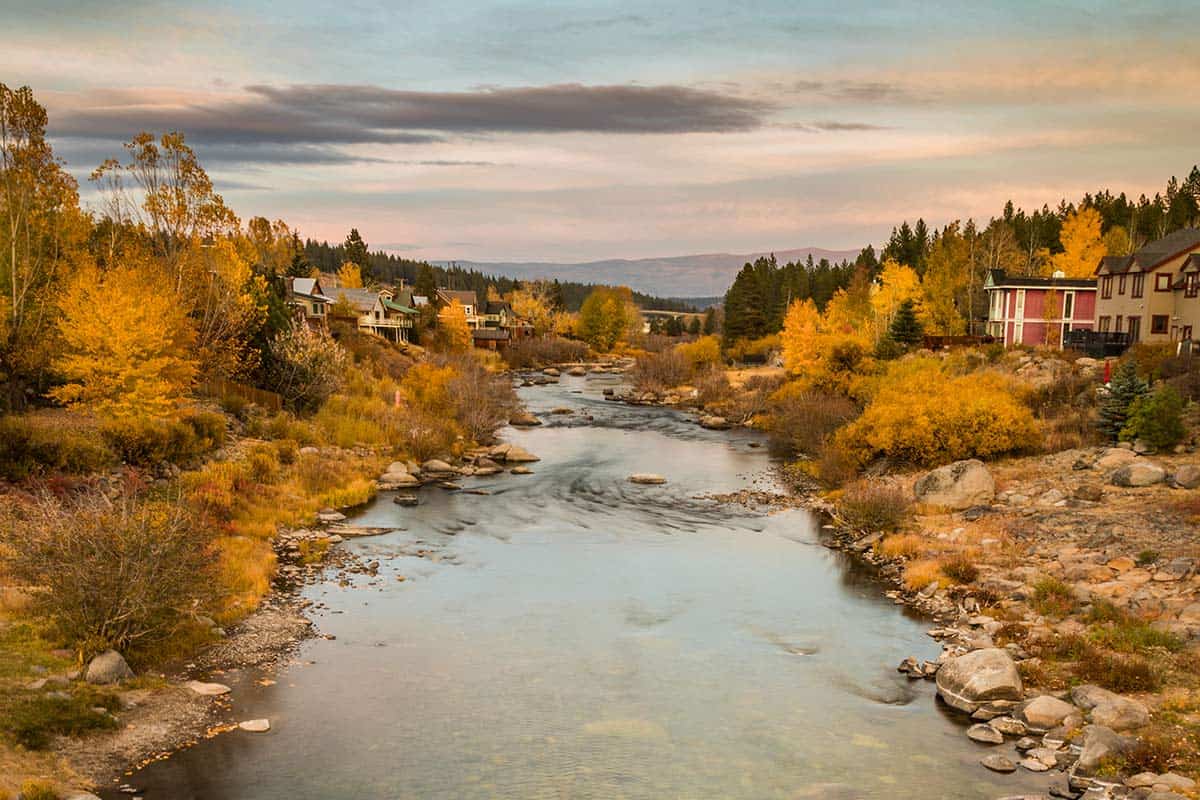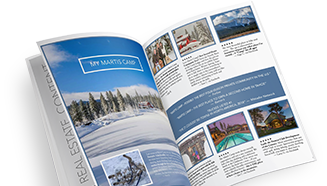A River Runs Past Us. The hidden joys of our neighbor, the Truckee River.
On the drive to Martis Camp, your exposure to the Truckee River is little more than a blink, a dash of blue that runs beneath a bridge. It’s easy to pass over and forget. But it’s much wiser to make time to get closer to the river and to immerse yourself in the treasures of this lively stretch of water.
The Truckee River is a story of contrasts, a river that exits Lake Tahoe amid tall pines, willow banks and throngs of people doubled over at the aptly -named Fanny Bridge, gazing at ridiculously large trout. Its conclusion — 121 miles downstream at the beautifully barren shores of Pyramid Lake — lacks the fanfare, foliage and popularity of its far more famous source. In between, the river is a source of life, of economies, of politics, and of recreation.
Not long after it slips through the dam at Tahoe City, the Truckee is fair game to rafters, bicyclists, joggers and fishermen. Only a few hundred yards from the venerable Fanny Bridge and the Gatekeeper’s Museum (a morning unto itself), kids of all ages are buckling up vests as rafting companies send them on a gentle, scenic five-mile trip downstream. “I’ve floated this section of the river for years and it never ceases to amaze me,” said Toni Rudnick of Truckee River Raft Company. “The perspective you get at water level is far different from what you experience from the road,” she added, noting that a couple of her favorite spots along the way are the Emerald Pool and a bold, rocky outcrop known as “Rampart.” The typical pullout for rafters is River Ranch Restaurant, near the entrance to Alpine Meadows. While buses usher rafters back upstream, serious kayakers and river runners are just getting started. Downstream from River Ranch, the Truckee River starts to sport a serious attitude, challenging riders with stretches of water that can be beautifully angry.
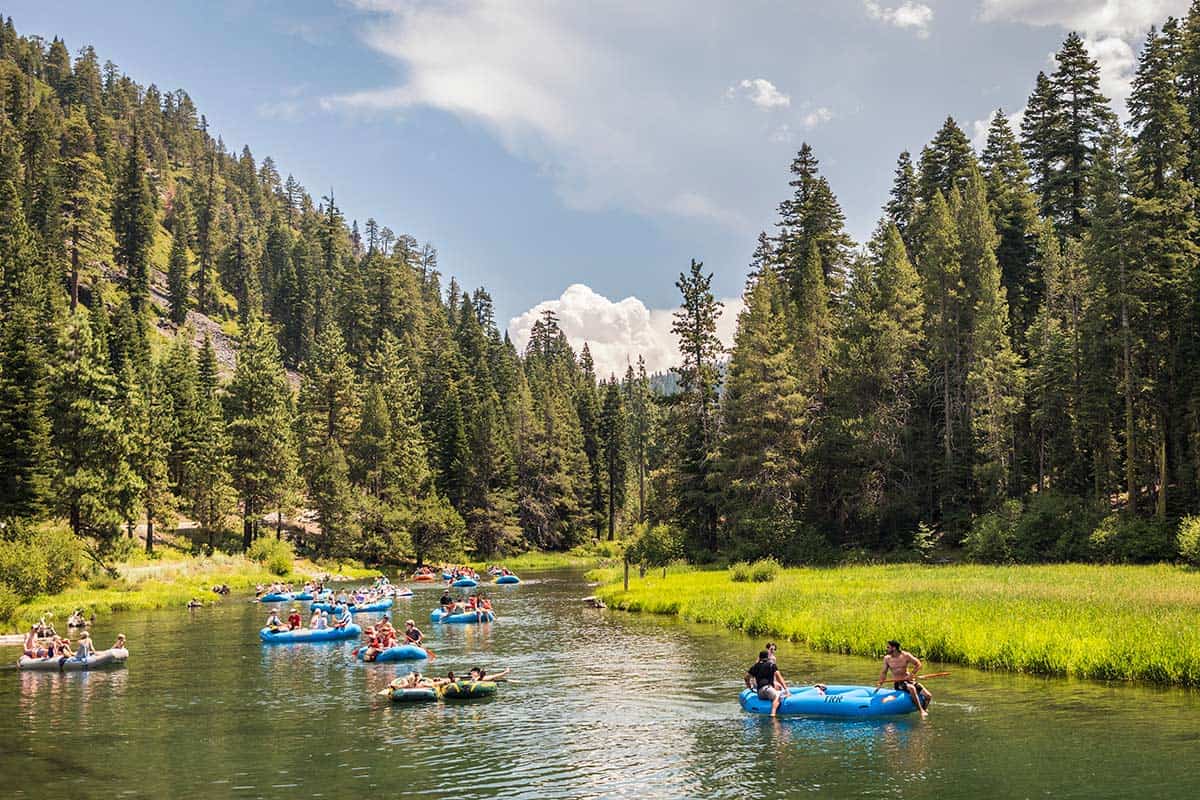
Joggers, bikers and adventurous families taking to the paved path that runs from Tahoe City to Squaw Valley have a ringside seat to the river’s twists and turns. It’s an ideal place to pack up a picnic and pedal the day away. The dream to connect a bike path from Tahoe’s spillway to Pyramid Lake is nearly fulfilled — a 114-mile journey that descends more than 2000 feet and takes riders from the heights of the Tahoe basin, through Truckee and the river canyon that runs to Reno and eventually through the canyons and deserts beyond, to historic sites where pioneers struggled through the canyon’s tight, rocky passages and where Paiute and Shoshone tribes and Virginia City vigilantes and militia engaged in bloody battles in 1860. Much of the bike/hike trail, known as the Tahoe-Pyramid Trail, is currently rideable with only a few final sections beyond Reno yet to be finished.
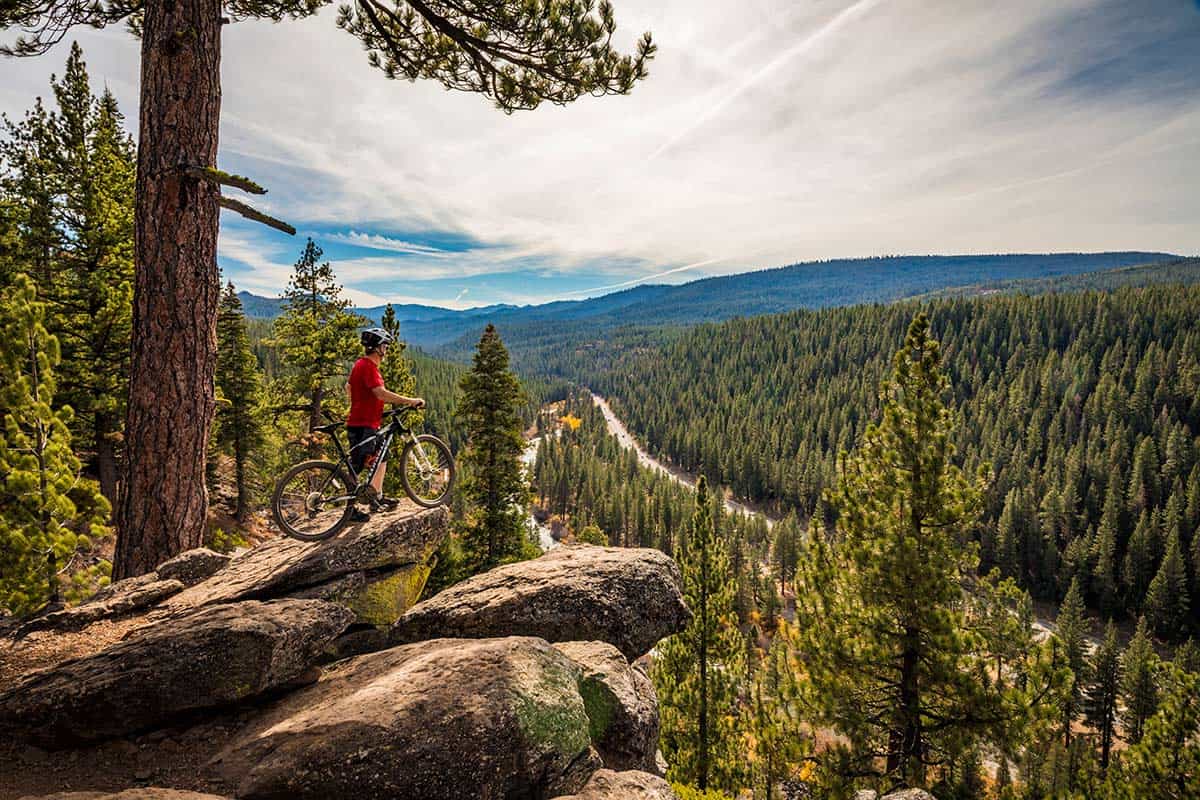
Just a few miles further downstream, where the Truckee River’s journey ends at Pyramid Lake, one of America’s great fishing success stories is becoming more impressive by the year. Once home to a strain of Lahontan Cutthroat trout that was fished to extinction in 1930 by trawlers supplying the popular fish to San Francisco restaurants, Pyramid Lake has rediscovered the glory of producing fish that can tip the scales at 20-30 pounds or more. The likelihood of topping the world record 41-pound trout landed at Pyramid Lake in 1925 is once again a talking point among fishermen. This amazing resurrection was made possible by the discovery of a strain of fish in a tiny stream in northeastern Nevada. The DNA matched and in 2006 — in a partnership between the U.S. Fish and Wildlife Service and the Pyramid Lake Paiute Tribe — the fish were stocked in their ancestral waters of Pyramid Lake.
While the hour-plus drive to Pyramid Lake is enticing and well worth the journey, there are other blue-ribbon fishing opportunities far closer to the gates of Martis Camp. Few know these waters better than local guide, Matt Heron, owner/operator of Matt Heron Flyfishing in Squaw Valley. In addition to teaching and hosting clinics here at The Camp, Heron is also quick to share his years of reading local waters, including his favorite — the Truckee River. “This is one of the west’s classic freestone rivers,” said Heron, “and it has improved dramatically over the past three years.” Heron has a knack for matching fishermen up with trophy browns and rainbows. “With consistent flows and a resurgence in bug life,” said Heron, “I’ve got clients hooking up with brutes that measure up to 30 inches.”
While it’s a great place to fish, float or simply admire, there’s another, far more significant role that the Truckee River plays in everyday life. It’s the primary water supply for Truckee and Reno and is the main source of irrigation for communities and ranches stretching as far off as Fallon, 110 miles from the source.
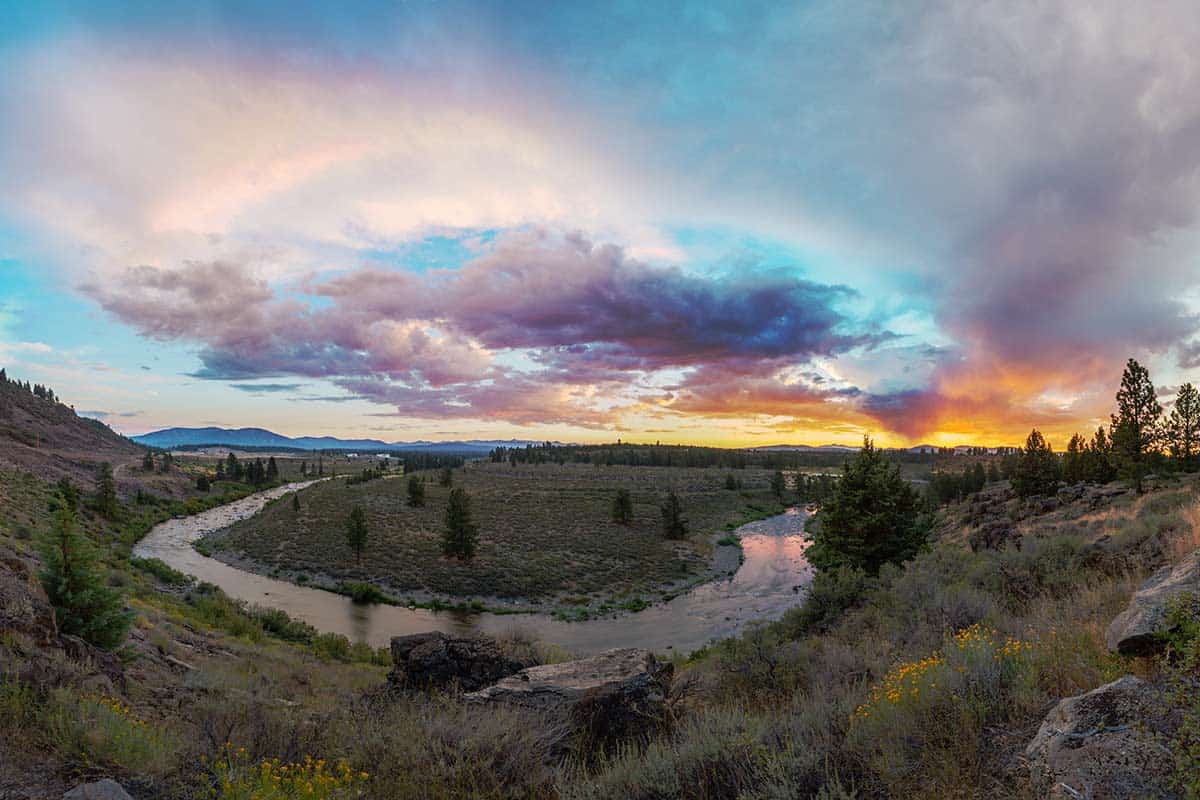
Maintaining a healthy river is critical and many organizations are committed to that cause, including Truckee-based Foriver, the Truckee River Watershed Council. Their goal is “to restore the resiliency of our environment so nature and humanity can thrive together for generations.” Achieving that goal is a multifaceted process that involves science, management, education and fundraising. To enlist the understanding and assistance of locals, Foriver offers an ongoing calendar of events that welcome people to frequent bird walks, adopt-a-stream days, and a Truckee River Day and Fair that’s celebrating its 24th anniversary this autumn.
Next time you’re getting close to the gates of Martis Camp or en-route to Lake Tahoe via either Northstar or Squaw Valley, try slowing down just a bit as you approach the next bridge. Beneath you is that strip of river that reveals far more attractions than you may have ever imagined. On closer inspection — whether on foot, raft or bike — you may come to find that the Truckee River is yet another stretch of water in the Tahoe Basin that makes living here an amazing experience.
Photography by Paul Hamill Photography
Story by Scott Mortimore

